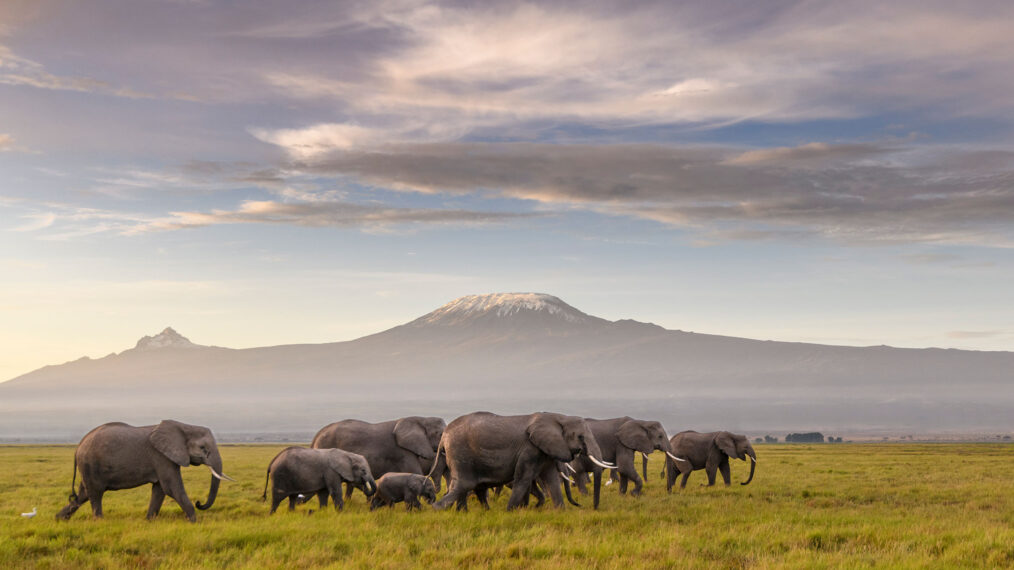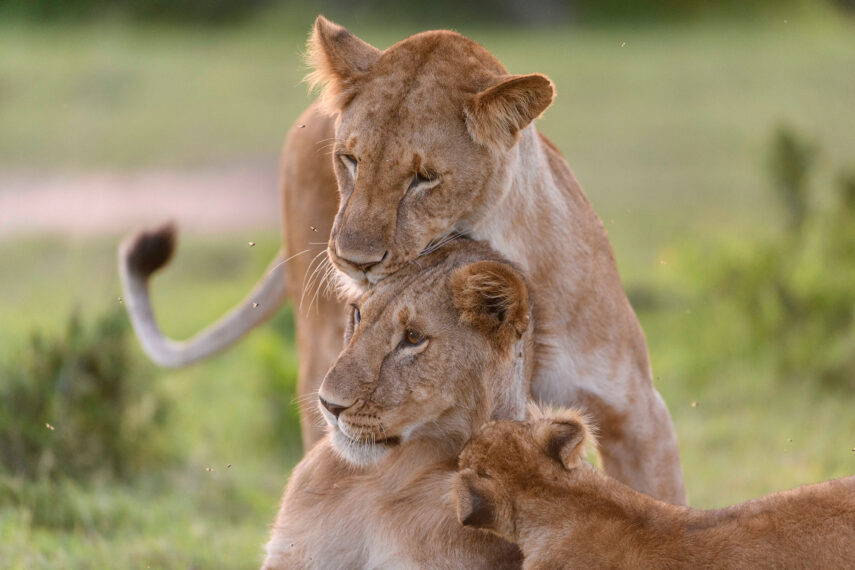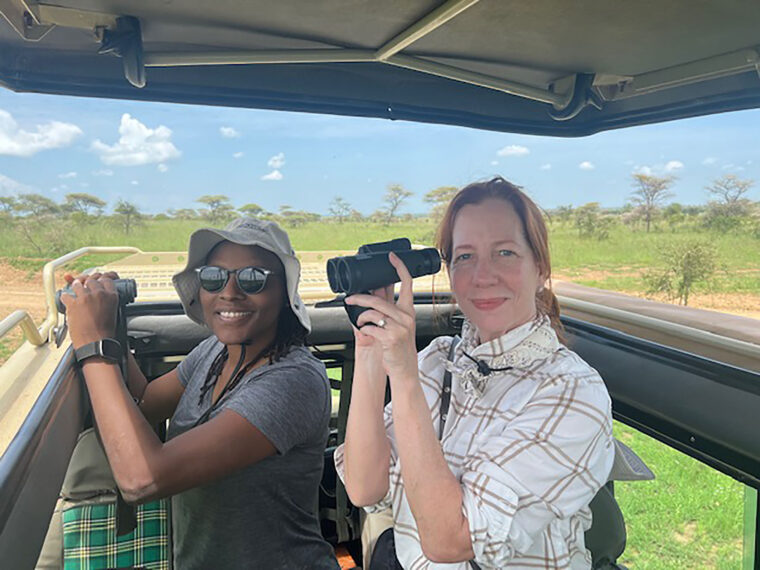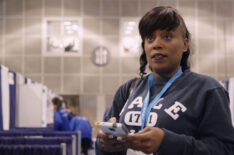Nat Geo’s ‘Queens’ Puts a Spotlight on Sisterhoods of the Animal Kingdom

Preview
“This is an unusual sighting,” whispers Faith Musembi, a producer and director on a new seven-part docuseries Queens, narrated by Black Panther’s Angela Bassett. We’re in a safari truck with our binoculars trained on 50 elephants on Tanzania’s Serengeti plain, one of the locations TV Guide Magazine visited with the filmmakers last year. In many parts of Africa, these mammals, often called “ellies,” disperse in small groups most of the year to find food, led by their herd’s matriarch. Because the December rains have made foliage so plentiful, however, the extended family can gather. The boss lady shakes her head (and impressive tusks) at us in a warning not to get too close.

(Credit: NATIONAL GEOGRAPHIC FOR DISNEY/ROBBIE HARMAN)
This is just one of the majestic sights you can see in Queens, which showcases powerful sisterhoods within the animal kingdom. Premiering on National Geographic and Disney+ with three back-to-back episodes followed by four more on March 11, the series’ visually stunning stories range from a tiny orchid bee in Central America laying her very first egg to an orca whale grandmother leading a hunt.
The project took four years, 12 countries, and 1,756 days in the field to complete. The result is “the first time we’ve ever featured and focused on female power in the natural world,” says exec producer Vanessa Berlowitz, a wildlife filmmaker with more than 30 years of experience. The show’s team is also, quite intentionally, almost all women, and a behind-the-scenes segment helmed by Musembi marks the first time a Black Kenyan woman has directed a landmark natural history film.

(Credit: COURTESY OF KATE HAHN)
The next stop on our safari is 30 miles south of Kenya, in the Ngorongoro Crater. Our vehicle winds down thfe hairpin-turn road cut into the 2,000-foot-high crater wall. At the bottom, we marvel at wildebeests, zebras, gazelles, hippos, and rhinos before coming across something magical.
A lioness is nursing her baby, and the sight reminds Berlowitz of an emotional night shoot where a mother defended her young from one of the roving bachelor males (who will kill a rival’s offspring, then mate with the female to pass on their own DNA). “These were cubs that we loved because we’d seen them from when they were little, but this is nature, and we can’t intervene,” Berlowitz explains. “I was sitting there in tears.”
Heart-pounding moments like these are a staple of the series, but the work behind capturing them requires patience. The team often endured long stretches of time in which nothing happened. How did the filmmakers keep themselves busy? Reveals Berlowitz, “You have to tell dirty jokes.”
Queens, Season Premiere, Monday, March 4, 8/7c, National Geographic








